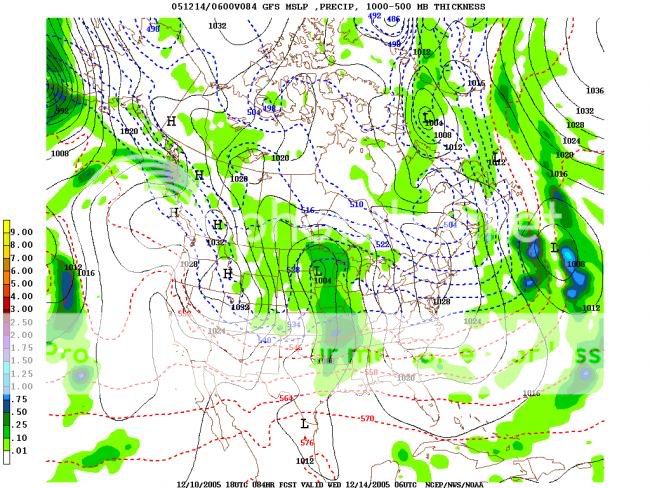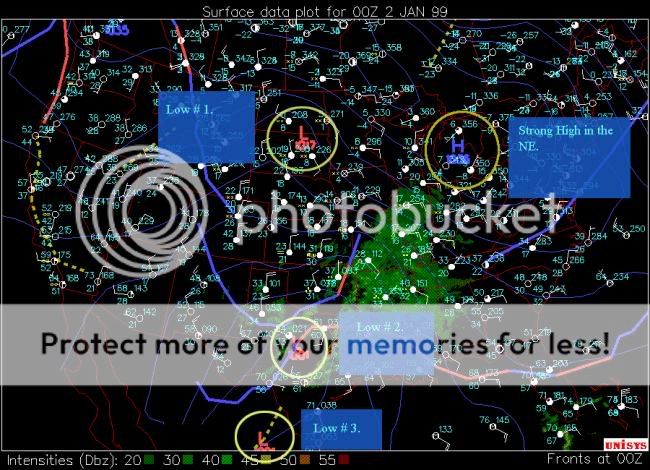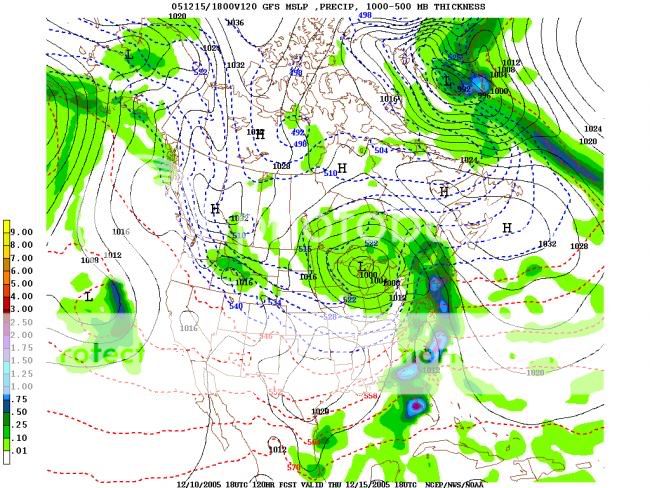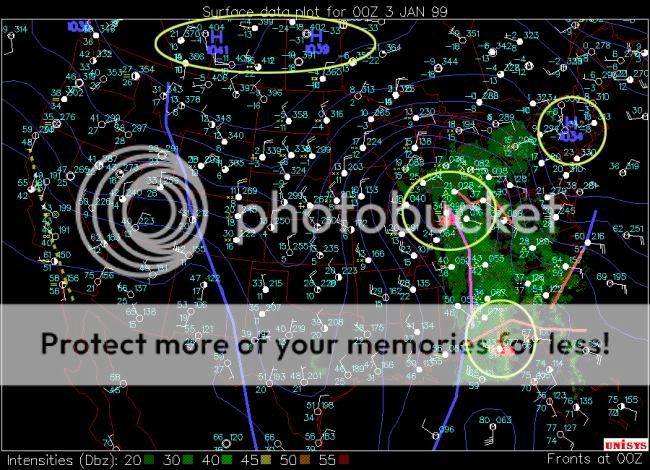Tim Gonyo
EF2
Looks like things could get interesting during the middle part of next week. Comments guys?
Here's the AFD out of KMKE.
AS FOR MID WEEK SYS...CANADIAN DEVELOPS QUITE A STORM FOR WED
WITH A FAVORABLE TRACK FOR SRN WI. DGEX SHOWS MORE OF A GULF LOW
PULLING OUT TO THE NE...WHILE ECMWF AND GFS SHOWING MORE OF A
PROGRESSIVE LOOKING UPR SYS ACRS NRN TIER OF STATES. WITH
THE LACK OF CONSENSUS AND LACK OF RUN TO RUN CONSISTENCY WITHIN
THE GFS POINTS TOWARDS KEEPING CHANCE GOING FOR WED/THU TIME
FRAME.
Here's the AFD out of KMKE.
AS FOR MID WEEK SYS...CANADIAN DEVELOPS QUITE A STORM FOR WED
WITH A FAVORABLE TRACK FOR SRN WI. DGEX SHOWS MORE OF A GULF LOW
PULLING OUT TO THE NE...WHILE ECMWF AND GFS SHOWING MORE OF A
PROGRESSIVE LOOKING UPR SYS ACRS NRN TIER OF STATES. WITH
THE LACK OF CONSENSUS AND LACK OF RUN TO RUN CONSISTENCY WITHIN
THE GFS POINTS TOWARDS KEEPING CHANCE GOING FOR WED/THU TIME
FRAME.






